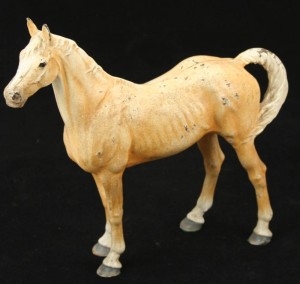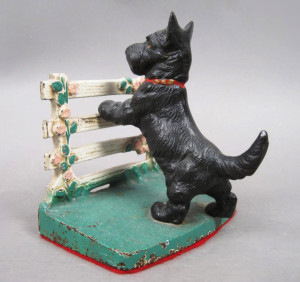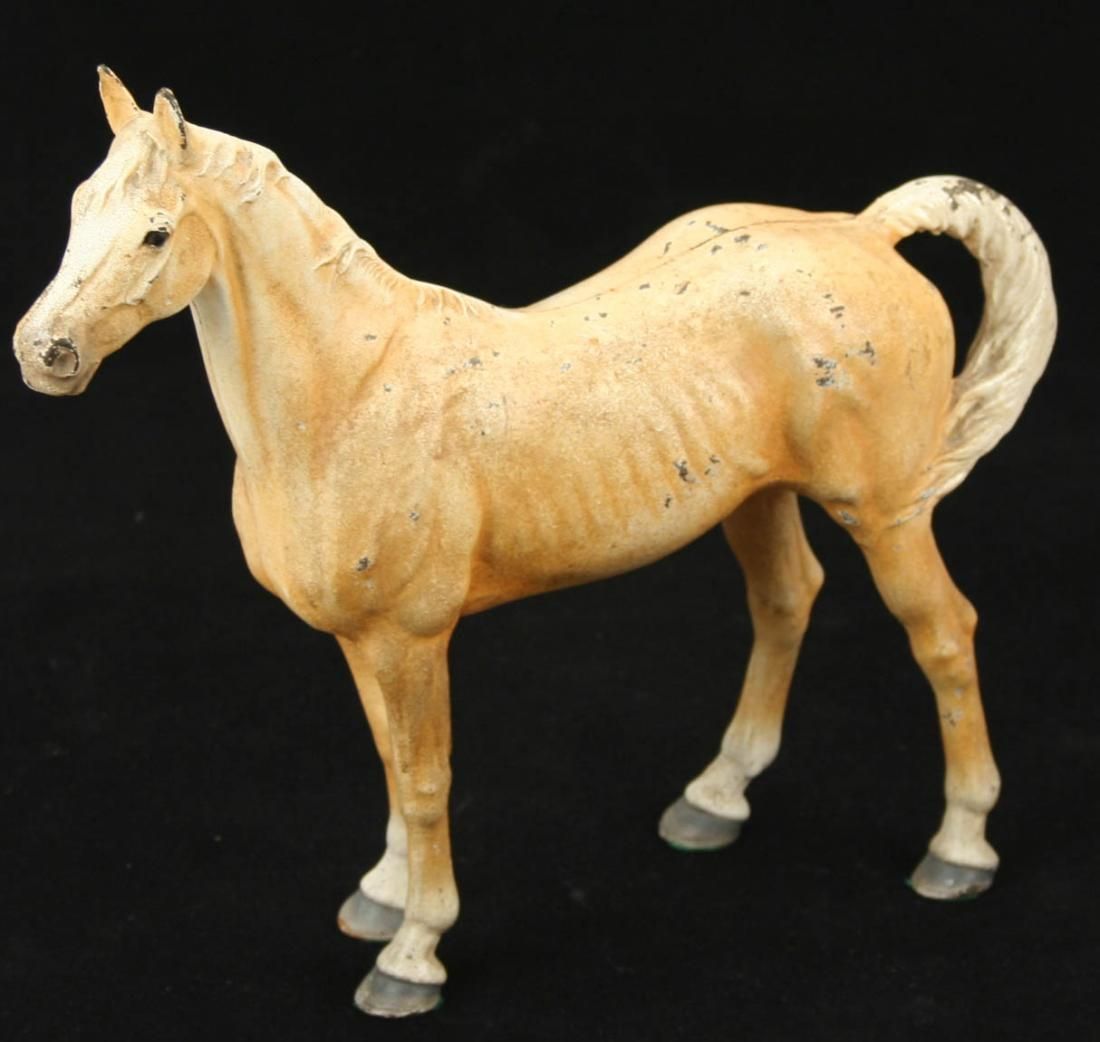
Antique Cast Iron Doorstops
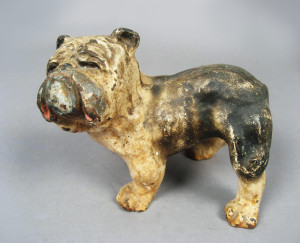 We always enjoy seeing antique cast iron doorstops come in– there is a very wide variety of motifs, which makes for decorative and useful addition to any home. Cast iron doorstops are heavy, hard-wearing, and often very charming. The casting process allowed the master craftsmen to create an array of whimsical, varied designs. Some are delightfully realistic, like this English bulldog with a wonderfully expressive face; animal designs are always a very popular motif, and manufacturers made sure to appeal to dog-lovers, cat-lovers, and animal enthusiasts of all breeds.
We always enjoy seeing antique cast iron doorstops come in– there is a very wide variety of motifs, which makes for decorative and useful addition to any home. Cast iron doorstops are heavy, hard-wearing, and often very charming. The casting process allowed the master craftsmen to create an array of whimsical, varied designs. Some are delightfully realistic, like this English bulldog with a wonderfully expressive face; animal designs are always a very popular motif, and manufacturers made sure to appeal to dog-lovers, cat-lovers, and animal enthusiasts of all breeds.
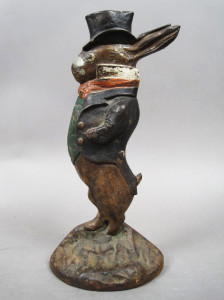 The immense number of motifs and designs mean that there’s a little something for everyone with cast iron doorstops. We’ve seen (just to name a few): dogs, cats, horses, bunnies, Southern Belles in beautiful dresses, horse-drawn carriages, baskets of fruit and baskets of flowers, children, advertising mascots (including the Campbell’s Soup kids), and many more. Some of the manufacturers include Bradley & Hubbard, Hubley, Albany Foundry, and Wilton Products. This anthropomorphic doorstop of a gentleman rabbit wearing a suit, is an early 20th century doorstop from the Albany Foundry in Albany, New York. Like so many manufacturers, the Albany Foundry stopped producing cast iron doorstops shortly before World War II.
The immense number of motifs and designs mean that there’s a little something for everyone with cast iron doorstops. We’ve seen (just to name a few): dogs, cats, horses, bunnies, Southern Belles in beautiful dresses, horse-drawn carriages, baskets of fruit and baskets of flowers, children, advertising mascots (including the Campbell’s Soup kids), and many more. Some of the manufacturers include Bradley & Hubbard, Hubley, Albany Foundry, and Wilton Products. This anthropomorphic doorstop of a gentleman rabbit wearing a suit, is an early 20th century doorstop from the Albany Foundry in Albany, New York. Like so many manufacturers, the Albany Foundry stopped producing cast iron doorstops shortly before World War II.
The condition of the original painted surface is important to the value of an antique doorstop. The more of the original painted surface that remains, the better. As with so many antiques and collectibles, a damaged or chipped original painted surface is more desirable than one that has been beautifully repainted and fixed up in modern times. This early 20th century doorstop with a full three-dimensional design of a Thoroughbred horse is a beautiful example of a doorstop with its original painted surface, and is a wonderful piece of sculpture in its own right:
As you can see in the doorstop depicting a Scottie dog at a garden fence, even some flakes and chips to the original surface don’t detract from a charming collectible design. This is a great example of how chipped original paint is more desirable than a touched-up surface.
Collector interest in cast iron doorstops is steady, which has inevitably led to a number of fakes and reproductions. Although some are made with deliberate intention to mislead, there are also several companies who sell new, modern reproductions of beloved designs. A reproduction cast iron doorstop can pass down through the family and, if no one quite recalls where it came from, can sometimes be hard to distinguish from a real antique. One thing to look for: the casting process for reproductions will usually leave a rough, slightly bumpy surface (think grains of sand stuck to the surface), while original antique cast iron doorstops will have a smooth surface. Determining whether or not a piece is an authentic antique is something that can best be done by an appraiser in person. 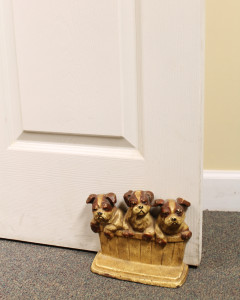
Even with modern conveniences like air conditioning and central heat, using cast iron doorstops in the home is a savvy low-energy, and attractive way to let the air circulate. The noted British Arts & Crafts designer and philosopher William Morris once said “Have nothing in your house that you do not know to be useful, or believe to be beautiful.” The humble doorstop is one of those items that is both charming and practical, and continues to prove its worth as both a sought-after decorative collectible and an appealing, effective addition to the home.

